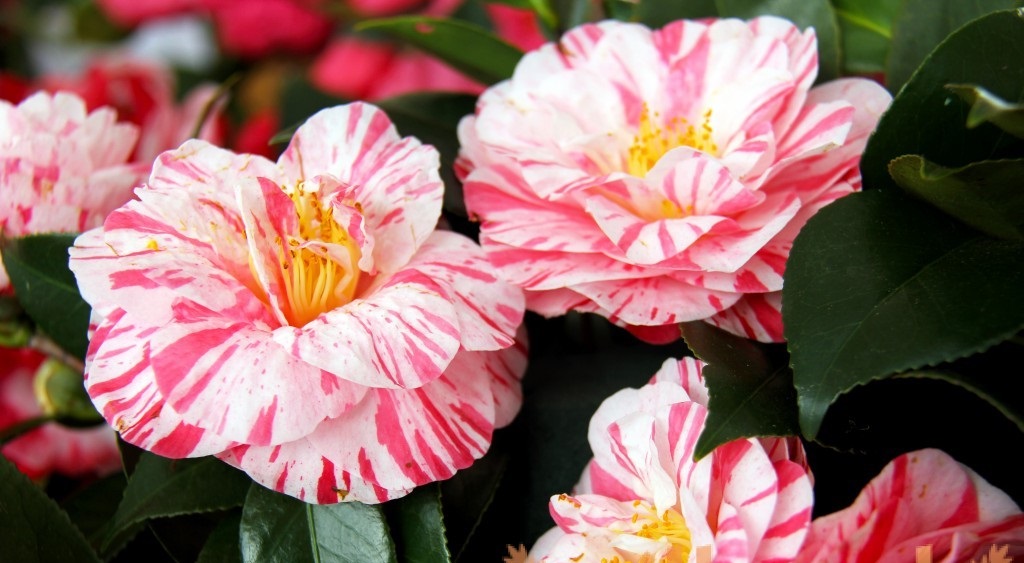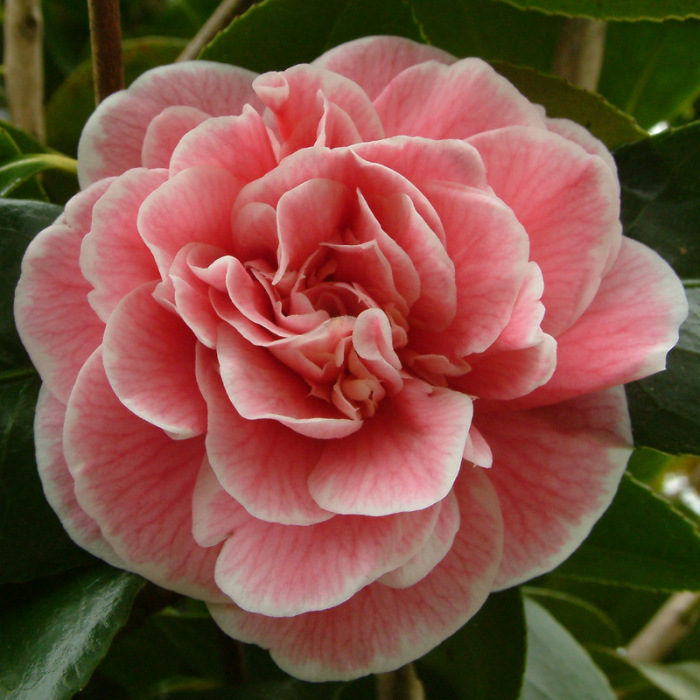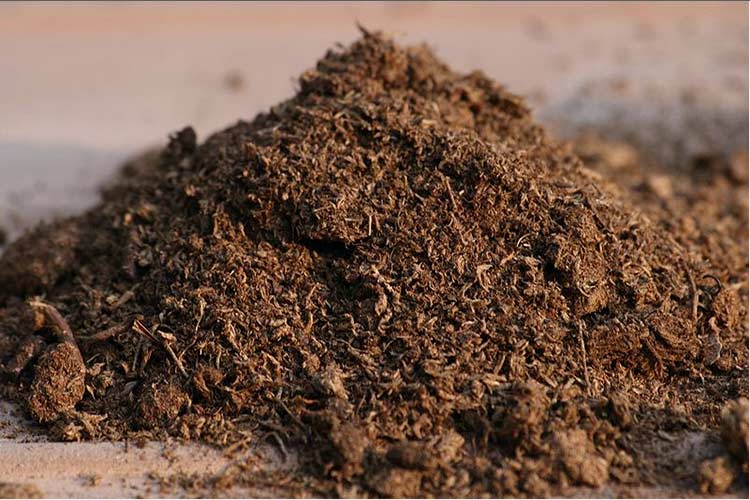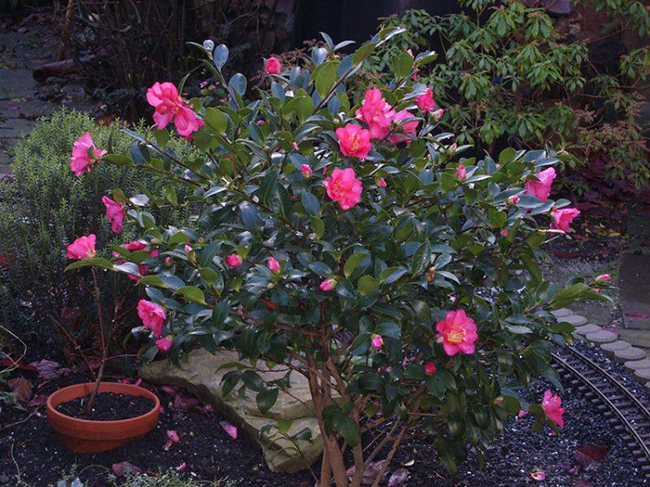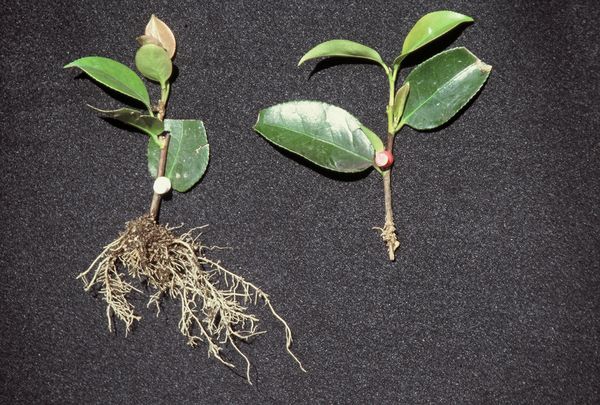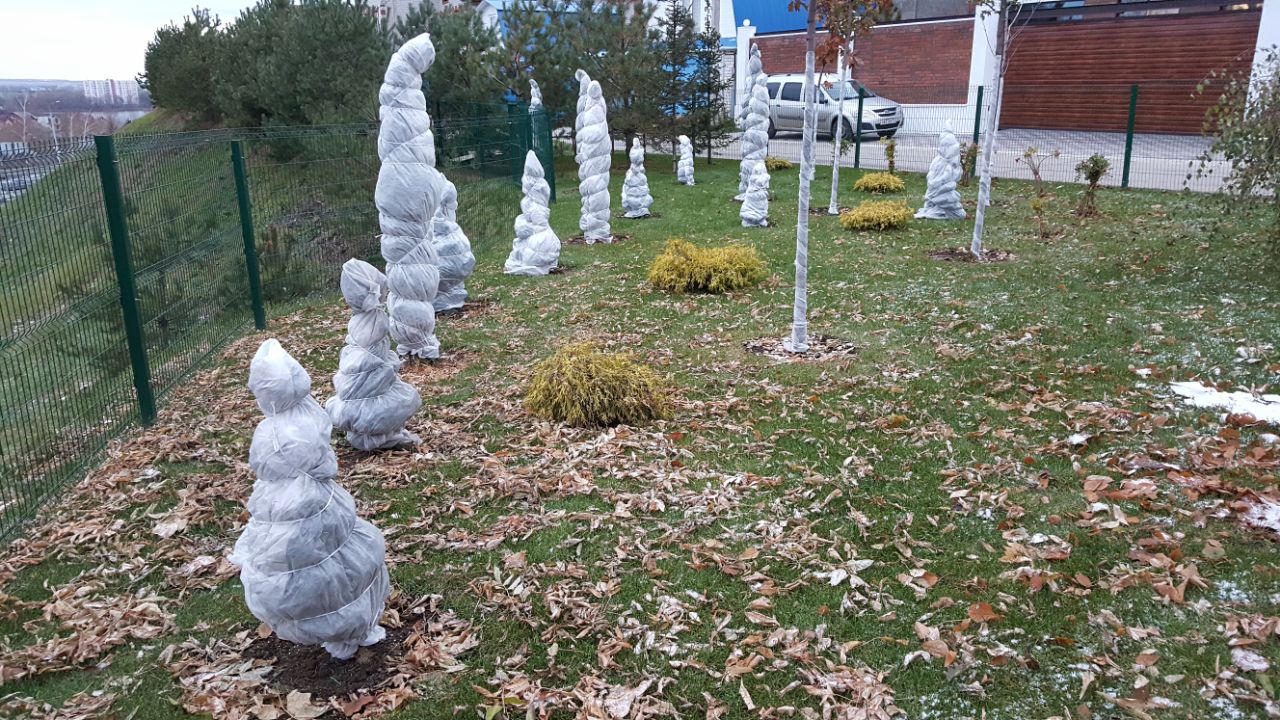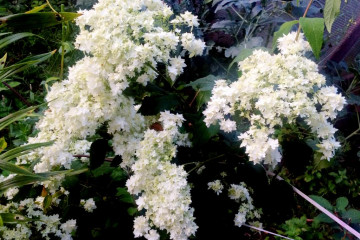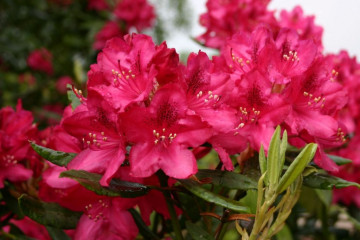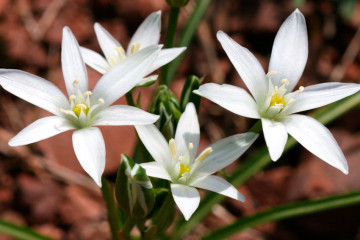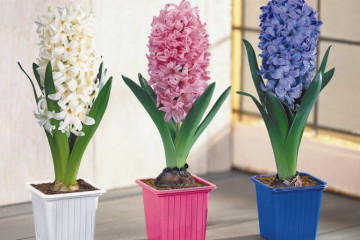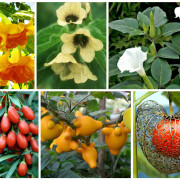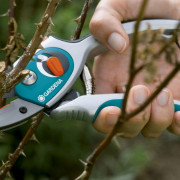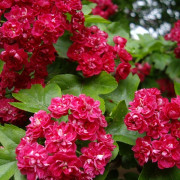Garden camellia - planting and care in the open field
Content:
Garden camellia is able to revive any corner of the garden, regardless of the season. This plant is gaining more and more popularity in all parts of Russia. In order for it to grow well, bloom and not hurt, it must be properly looked after. Even when planting, there are some nuances, observing which you can avoid many difficulties in the further flowering of the plant on the site.
Garden camellia does not belong to indoor flowers. Although recently, breeders have brought out 3 more new hybrids. Nevertheless, this type of shrub is not suitable for home conditions. Camellia garden planting and outdoor care have their own characteristics.
The origin and appearance of the plant
This aristocratic flower came to Russia from Japan and China. In these countries, camellia is used not only to decorate land. The petals of her flowers are added to the tea, giving it an exquisite aroma and taste.
Camellia is a perennial shrub or tree related to ornamental evergreens. It belongs to the Tea family. There are more than 200 varieties of this shrub in the world.
The 3 main varieties that are grown in central and northern Russia include:
- Oilseed;
- Mountain;
- Japanese.
The oil camellia reaches a height of 10 m. Basically, this species is not common on the territory of Russia. More often it can be found in forests near water bodies.
Mountain camellia grows no more than 5 m in height. Most often it is a bush growing on mountain plateaus. Differs in flowers of a simple form.
The Japanese bush camellia reaches a height of about 2 m. It was from this species that many hybrids were bred. One of the popular hybrids is Williams' camellia. It is adapted to low air temperatures. Its distinctive feature is the dropping of wilted buds from the branches. No other species will shed color on their own.
Plant flower description
Flowers of different varieties have different diameters. You can grow on your site a camellia with flowers, the diameter of which is 1 cm, or a camellia, the diameter of the flowers of which can reach 12 cm. In most cases, the size of the flower depends on the variety.
Even when purchasing seedlings of varieties that are distinguished by large flowers, you may not see those on the branches of the plant. This can be caused by improper plant care, as well as an unsuitable planting site.
Flowers are located on the branches of the plant singly. There is no aroma. The petals are dense, with oval edges, double, semi-double and simple.
Winter hardiness of garden camellias
Winter-hardy camellia varieties were bred relatively recently. The plant got to Europe in 1738, in Russia it became possible to grow it closer to the middle of the twentieth century.
Types and varieties
Frost-resistant varieties of camellia include:
- Donation.Flowers of this variety have a deep pink color and reach 10 cm in diameter. At first glance, the plant is fragile enough, but it is not. This variety is not so demanding to care for. A gardener who has never dealt with camellias will be able to grow it on his site. A feature of this shrub is its very slow growth.
- Freedom Bell blooms with vibrant reds. Dense, glossy petals create a waxy effect. The variety is not afraid of pruning. Any spoiled branches of the plant, and the shrub grows quite densely, can be removed without fear.
- Debbie. The flowers are purple in color, about 7-8 cm in diameter. The variety is similar to Donation and is suitable for growing by gardeners without experience. Suitable for growing in the Krasnodar Territory, the Urals and Siberia.
- Hagoromo is a variety whose flower color changes. He is also called the Empress. The buds of the plant are light pink, the blossoming flowers are pearl white. The shrub develops slowly, growing in height, not width. The diameter of the flowers is about 10 cm.
- General Colletti. The diameter of the double flowers of this variety is about 7 cm. The petals are white, with coral veins. This variety is popular in the Moscow region.
Garden camellia tree: planting and care in the open field
How to plant a camellia so that it blooms and does not die? The tree-like garden camellia is planted in open ground from late March to mid-May. When planting a seedling, one-step feeding is used, which is suitable for rhododendrons. Seedlings are planted in open ground, the age of which is more than 4 years.
The tree camellia, like other varieties, feels good in diffused light. Direct sunlight hitting the leaves for a long time can burn them. A shrub is planted away from through winds.
Ideally suitable soil is moderately moist with high acidity. If the site is dominated by sandy or clay soil, it can be mixed with the substrate in which the rhododendrons are planted. The root system does not tolerate stagnant water. Therefore, when planting, be sure to use drainage.
The soil mixture for the tree camellia can be made independently. For this, leaf soil, coniferous, peat and sand are mixed in equal proportions.
The plant needs feeding only in the spring. When watering, it is recommended to make sure that no water gets on the flowers. After flowering, the bush can be cut off.
Garden curly camellia: planting and care
Most often, the planting of the climbing camellia garden occurs in mid-December. During this period, the plant is dormant. Like other varieties of camellia in the garden, the curly prefers diffused light. When planting, it is recommended to mulch the soil. In order to prevent the root system from rotting, drainage is introduced into the planting pit, which is a pebble of the middle fraction.
It is undesirable to allow the soil in which the plant is planted to dry out. Otherwise, the camellia will begin to shed foliage and color. In mid-spring, the leaves can be treated with soapy water to avoid spider mites, which often attack the plant.
Camellia standard: planting and care
Stamp camellia street assumes shelter for the winter period of time, therefore, when planting, you need to plan a free space next to the plant, because it will bend to the ground. The optimal planting time is mid-spring.If the flower was purchased in a pot, it can be planted even in summer.
The width and depth of the planting pit depend on the volume of the root system. The roots in it should be free, not breaking. Drainage must be laid on the bottom.
Stamp camellia is not too demanding to care for. In the spring, prevention against diseases is carried out, closer to winter, when the plant throws off its color, it must be pruned. There is one more nuance that should be observed when planting a standard camellia, is that the root neck looks in the opposite direction from the future inclination of the flower.
Transplant after purchase in open ground
The density of its flowering in the future depends on how accurately all the conditions for planting camellia garden were met.
What is needed for landing
To plant a plant in open ground, you should decide on a plant variety and purchase a seedling. The optimal acquisition time is from early May to mid-July. Saplings must be over 4 years old. The roots should look strong, the shoots should be stiff. If the seedling is younger than this age, it can grow in a tub, but outdoors. For the period of frost, it is brought onto a covered veranda or balcony.
Optimal location
An ideal place for camellia is an area with diffused light. Moreover, the scattered rays of the sun should be throughout the day. It is advisable to avoid direct sunlight on the leaves of the plant.
When choosing a location, areas with through winds should be excluded. It is recommended to plant the shrub on a small hill. This will prevent water from stagnating in the root system.
Step-by-step planting process
- Dig a landing hole. Its diameter should be 2 times larger than the root system.
- At the bottom, a drainage layer is laid out, consisting of medium-sized pebbles. The layer thickness should be approximately 15 cm.
- A layer of prepared substrate is laid out on the drainage layer.
- If the camellia was purchased in pots, then the seedling is removed in such a way that a lump of earth remains on the root system. This clod is placed in the planting hole on the substrate layer and sprinkled on top with prepared soil. If the roots of the seedling are bare, then they are neatly laid out on a layer of soil and sprinkled with soil. It is recommended to press down on top of it to avoid air accumulation between the roots.
- The plant should be watered abundantly.
Reproduction of camellia
Camellia flower care and reproduction in the garden occurs in several ways:
- Cuttings;
- Seeds.
Cuttings
The optimal breeding time for camellia by cuttings is May-June. Cuttings are cut from the woody shoot of the current year. The stalk should consist of 5 paired leaves. The lower leaves are removed, the remaining 2 upper ones are cut in half. Green cuttings are planted in pots or containers with a mixture of peat and sand to a depth of 3 cm.
The soil mixture is well moistened. The container is then transferred to the greenhouse. Cuttings need aeration and watering every day. After 3 months, the root system begins to form.
Growing from seeds
Seed germination is used for species camellias. It is recommended to purchase planting material in greenhouses. Seedlings can be discharged using the Internet. Before planting in the ground, the seeds are stored in the refrigerator. Last year's planting material should be soaked in water for 8-12 hours. Fresh - can be planted in the ground immediately.
For seed germination of camellias, peat, sand, sphagnum moss, vermiculite or a ready-made substrate for azaleas and camellias are used. The soil is well watered, the seeds sink into the ground to a depth of 0.5-1 cm. The container with seedlings is covered with a film and placed in a place with diffused sunlight. It is recommended to observe the temperature regime, the upper limit of which is 22 ° C.
Outdoor care for camellias
Camellia in the garden, care and cultivation is not a laborious process. The most important thing is to carefully monitor the moisture content of the soil and the ingress of light on the plant. Also, the care of these flowers includes feeding, protection from diseases and harmful insects, preparation for winter.
Watering mode
The biggest nuance to pay attention to is watering with water with a minimum lime content. During watering, moisture should not get on the flowers or buds.
The land in which the camellia grows should not dry out, but the water in it should not stagnate either.
Top dressing
Top dressing is carried out in the spring. There are complex fertilizers created specifically for these shrubs. For feeding, you can use products designed to fertilize rhododendrons. Organic matter is introduced into the root hole, thus, during watering, the plant will be enriched with the necessary macro and microelements.
During flowering
During the flowering period, the camellia is watered gently at the root. Fertilizers are not applied, shoots are not cut off.
During the rest period
During dormancy, the plant still needs moisture. During this period, you need to cut off wilted buds yourself, the bush itself can be thinned and cut off.
Preparing for winter
Preparing camellia for winter is to cover the plant. Most often, the root hole is insulated with a thick layer of peat. You can cover the bush itself.
For this, a frame is made, which is covered with agrofiber. It is recommended to insulate all varieties of camellia, even frost-resistant ones. Bulbous camellias, in most cases, should be transferred to room conditions for the winter.
Camellia is quite easy to care for and maintain. There are still moments, ignorance of which can lead to the absence of flowering of this plant for a long period. If you adhere to all the above recommendations, there will be no problems with the development of camellia in the open field.
